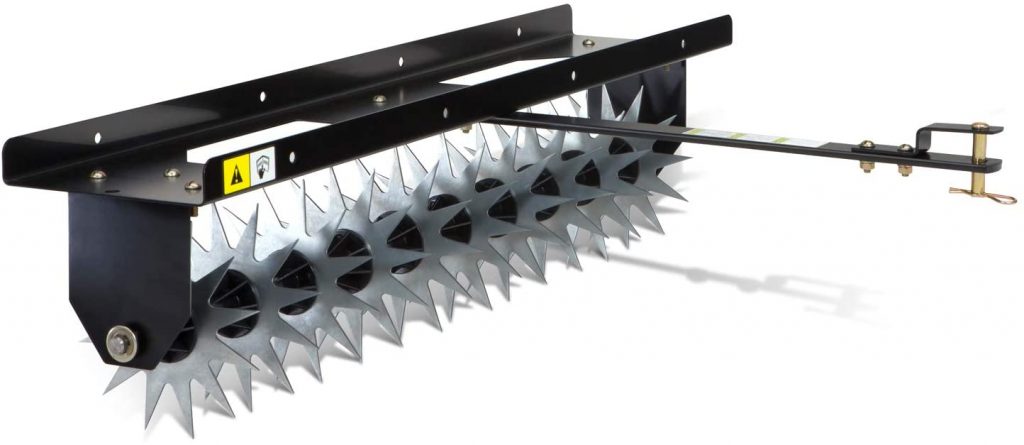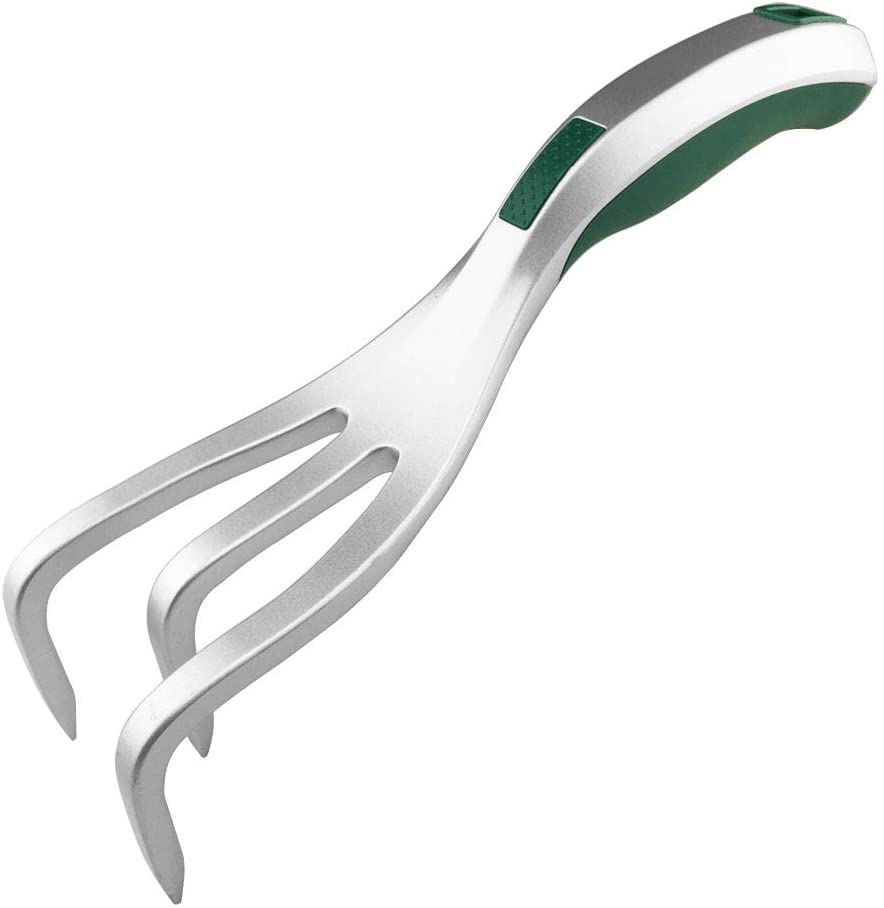The best lawn leveling tool. A lawn leveling tool has the function of even your lawn without depressions and bumps. This lawn with bumps is not useable for any purpose.
Your kids who are just running around your lawn, having athletic activity, or playing soccer, croquet, and bocce ball, can enjoy a safer ground to cover.
Lawn with bumps is hard to maintain. You can not mow the lawn because your mower will not be scalping the lawn. You will hassle and have a slower mowing practice because the mower is jumping around.
If you mow over a bumpy lawn, you will feel uncomfortable. Those low spots can not be touch because the tires pass over them. You can cut the grass too low.
The level of the mower blade drops and plunging it into the higher spots.
Those low spots and even holes collect water in pools that can cause bad drainage and causes lawn disease.
What can cause a bumpy lawn?
You might wonder why your lawn bumpy. The bumpy lawn should be fixed as long term solution.
Removing the cause of the bumpy lawn before correcting the effect can be the best way to avoid having a bumpy lawn.
Depressions and bumps in a lawn can be the result of irrigation pipes causing erosion, broken water pipes, and drainage problems. You can see bumps as three or four low spots around lawn areas where there are pipes or drainage pipes.
Approach those bumps, and make sure that nothing is leaking underground. If you are not capable of doing the investigation, you can call or consult an expert to address the problems.
Erosion can be caused by your sprinkler system because the water lines tend to damage. You should do regular maintenance.
Check that the rotors and spray heads for any leak. Check also the nozzles are not damaged or clogged.
If you ever do ground settling on your lawn, over time, the settling causes depressions, and it is unavoidable. Your work on your lawn can cause the soil to heave and become uneven and bumpy.
During the Spring months, those depressions or bumps tend to appear as clay soil thaws unevenly. This event can create ripples and can heave in your lawn.
Lawn bumpiness can be the cause of a thin lawn from an insect or a disease. These problems can cause patches of bare soil.
When there is foot traffic, wind, and rainfall, these uneven spots then erode, resulting in depressions. You can see it right away compared to the healthy lawn.
Other sources of bumps on your lawn are foot traffic after heavy rain or on the soft lawn, debris from a construction, and holes created by animals.
List of the best lawn leveling tool
1. ATV/UTV Landscape Rake

You might not know what landscape rakes can do even if it has been on the market for some time. A landscape rake is an attachment (lawn leveling tool) that can be attached to the rear of your UTV or ATV that features curved tines on the bottom.
These tines are created to dig through the dirt and pull any underlying dirt to the top of the soil. Its purpose is to clear upland.
The tines will dig below the surface of the soil approximately 2 inches. While digging, it will pull up roots, thatch, bumpy soil, and rocks to the top while letting the soil stay in place evenly.
These tines are curved design to make a holder for debris, utilizing the UTV or ATV to transport debris to a central location. Then it will dispose of debris as needed.
2. Tow-Behind Spike Aerator

Spike aerators are used to alleviate the negative effects if you have compacted and bumpy soil on your lawn. Uneven grounds with heavy clay content are more likely to become compacted.
This matter will limit the ability of the roots to access oxygen. The uneven ground that crumbles easily is high in loam and sand, which benefit more from using a spike aerator. It is a good choice of lawn leveling tool.
3. Wheelbarrow

Topdressing is a procedure of applying a layer of sand, compost, or rich soil mixture for leveling an uneven lawn. You can add fresh organic matter to enhance soil biology.
The benefits of topdressing are to level your lawn, renew worn and patchy areas, to have healthier soil, stimulate grass growth, and minimize thatch formation.
You will need this wheelbarrow to make the topsoil distribution a lot easier to even the lawn. You can move sand, compost, or rich soil mixture to the spot you want. Or you can get rid of excess soil from the bumpy lawn.
A wheelbarrow is very crucial when topdressing your lawn.
4. Hand rake

You can use hand rake for smoothing the soil mixture evenly over the low spots. This will level the lawn in no time. It can also roughly spread the dressing around the lawn.
5. Shovel

You can smooth the area’s level by using a shovel. You can work as long as you want until its all the same height. This shovel also helps removes any thatch buildup that can make air, water, and nutrients difficult to reach the cultivated plant root system.
6. Push broom

You can use the push broom to work the top dressing into the area and grass blades.
How to level uneven lawn
1. What to do with a severe uneven lawn
If your lawn looks very bumpy like the moon’s surface, you must resort to more extreme measures. You can not use just sod-cutting or be topdressing to solve the problem.
What you need to do is to establish a new lawn and regrade the area. If the yard is sloping, and half of the lawn was too steep to be usable.
It would help if you had a tractor to dig the foundation for a new one.
2. What to do with the moderate uneven lawn?
If you see a few low areas in your lawn, like one inch or more deep, you do topdress for your best course of action. You can remove the sod, fixing the cause of the sinking, and fill with new soil to allow for settling.
If areas of the lawn have more moderate uneven with low areas and higher spots, you need work to bring it back in an even state.
Here is what you can do.
3. How to level a minor uneven lawn?
Minor uneven lawn areas are the depressions that are not too deep. It is a simple fix, and you can do it by utilizing a top dressing soil mixture.
You can be sure that there not a lot of heavy labor and low cost.